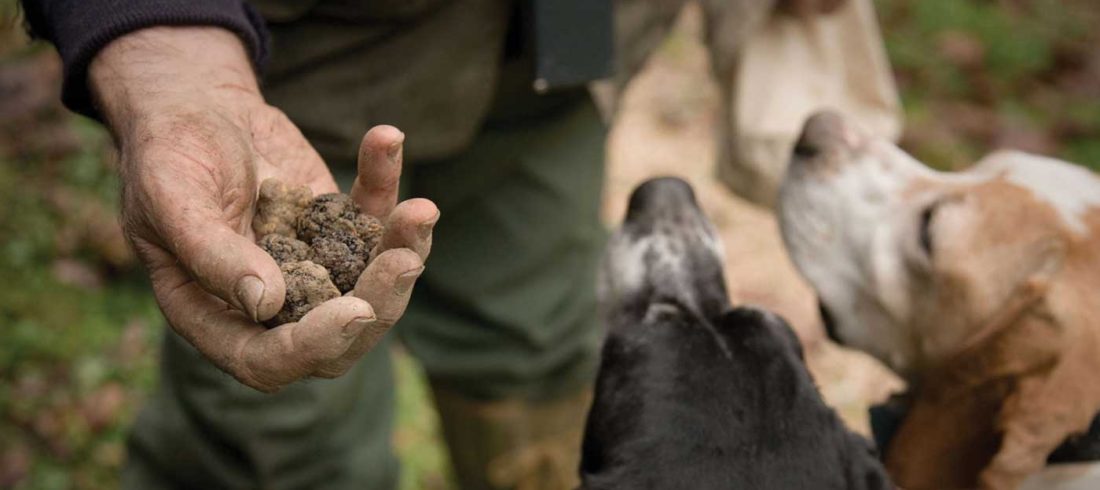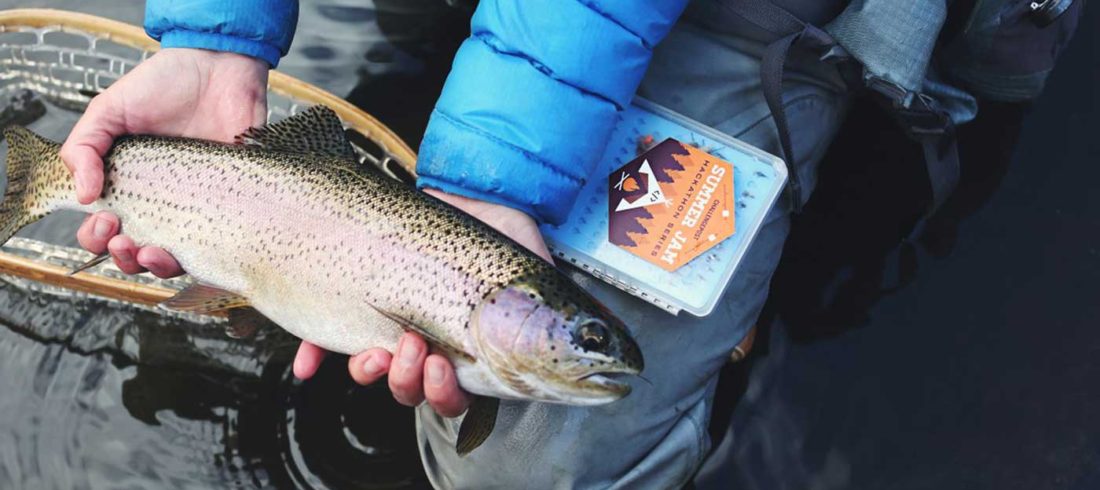While winter, with its cool and rainy weather, is a great time to curl up with a good book or a warm mug of hot chocolate, spring wakes us from hibernation with the desire to go play outside. It doesn’t get much better than spring in the city of the arts and outdoors, and, when it comes to new adventures, the options are endless. Whether you’re a homebody or a hardcore-type, there’s always fresh and exciting activities to get into every year. Not sure what to do with yourself now that the frost has thawed and the sun has come out? No worries, we’ve got you covered. Here are a handful of endeavors sure to jumpstart your spring season and get you moving outside.

Plant a straw-bale garden
If you’ve found yourself longing to have a garden but are hesitant to invest in the cost of raised beds, have no fear. Straw-bale gardens are an excellent way to grow herbs or vegetables, and you don’t need to build or buy beds to make it happen. All you need are straw bales (note: not hay bales), fertilizer, planting soil, compost, and seedlings or seeds. There’s no time like spring to start your new garden, and there’s no shortage of garden gurus and local backyard farm shops to help you get started on growing your own food.
To build your garden, lay down landscape fabric for weed prevention and position your straw bales in rows. Do not untie the bales. You will need to prepare them for planting by wetting and fertilizing them (with a few cups of fertilizer every other day) for a little more than a week so they can start to decompose. By the time you’re ready to plant, the bales should be hot and moist as you dig into them. To plant seedlings, separate the straw to create a small hole, put in some planting mix, and place the plant. For sowing seeds, first cover the top of the bale with a couple of inches of planting mix, then plant your seeds. Water and add compost like you normally would.
One great way for families to enjoy the outdoors together is by playing disc golf. This fun and easy-to-learn sport is perfect for all ages and skill levels. Disc golf courses can be found in parks and recreational areas all around the country, so it’s easy to find a course nearby. To get started, all you need is a set of golf discs, which can be purchased at most sporting goods stores or online retailers. Whether you’re a seasoned pro or just starting out, be sure to visit your local sporting goods store for golf discs and other equipment to get started on your family disc golf adventure! With a little practice, you and your family can improve your skills and enjoy hours of outdoor fun together.

Truffle hunting
Oregon’s forests are home to world-class white and black truffles. If you love truffles, enjoy being in the coastal or Cascade ranges, and don’t mind getting your hands dirty, truffle hunting may be your newfound, springtime love affair. Although their peak growing time is in January, you should still be able to find this delicacy in the spring. However, permits are required to harvest truffles from all public and private land. Grab a bucket, a small hand rake, and lace up your boots. The best way to find truffles is to locate Douglas fir trees and look for freshly-disturbed duff beneath them. Then, get to raking—you could be making your own truffle salt or truffle oil by summertime!

Trout Fishing
Oregon is a trout angler’s paradise in the spring, when warmer weather makes wading in cold water a bit more pleasurable. The rivers also run high in early spring, making it a great time to catch trout in the shallower water closer to the bank. Trout are stocked as early as March in the lakes and reservoirs around us, and rivers and streams on the west side of Oregon open up to trout season in late May. So get your pole, bring a friend (or better yet, your kid), and hang that “gone fishing” sign up at the office.

Hike a state wilderness area
Like to hike and really get out into the woods? Then you live in the right place, and spring is definitely the time to start trekking. Oregon has 47 designated state wilderness areas. They are protected wild places that forbid all motor-powered and mechanical transport, which means that hikers have carte blanche to plod around, enjoying the beauty of untouched nature and the gift of isolation. Whether you’re looking to backpack and camp your way through the spring season or just want to enjoy a day hike in one of our state’s splendid and secluded places, adventuring in an Oregon wilderness area is never a dull undertaking.
Nearby wilderness areas:
Cummins Creek
Located near Florence
52,477 acres
Highlights: only old-growth Sitka spruce forest, Cummins Ridge Trail
Rock Creek Wilderness
Located near Florence
7,486 acres
Highlights: no formal trails, Oregon silverspot butterflies
Diamond Peak
Located in central Cascades
52,611 acres
Highlights: segment of Pacific Crest National Scenic Trail, Diamond Peak Trail, lakes
Boulder Creek
Located in Umpqua National Forest
19,886 acres
Highlights: rock climbing, Soda Springs Trailhead

Whale watching
Late March brings with it excellent whale-watching opportunities on the coast as gray whales travel north on their migration toward Alaskan waters. Numerous charter boat services offer spring whale-watching trips that vary from half- to full-day open-ocean excursions. There are also many spots, including the Heceta Head Lighthouse and overlooks off Highway 101, where you can spot whales without a boat. Northbound gray whales remain on the move through April and May as well, so you can sneak in more than one successful trip this spring if desired. So dress in layers, pack a picnic, and head to your favorite spot to see these magnificent creatures as they make their northern trek.

